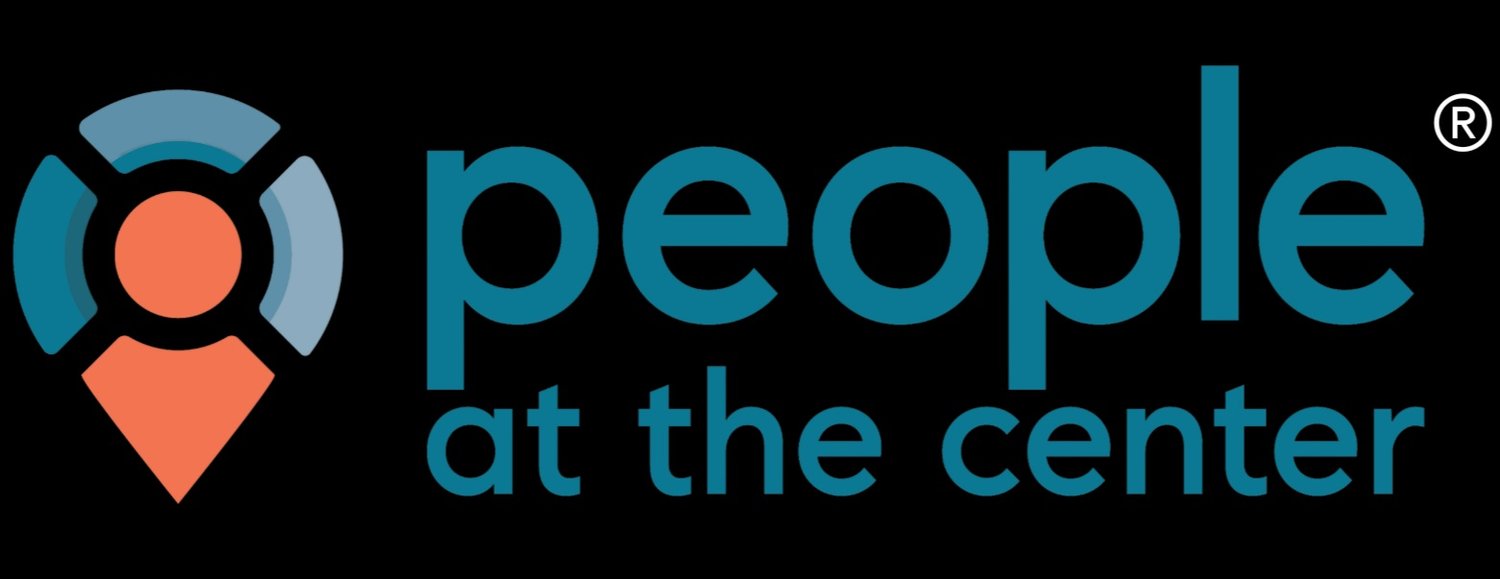Your Communication Style is Everything
Your Communication Style is Everything
Effective communication is difficult even in the best of times. Add on all of the changes to the workplace in the last few years, and it makes sense that your weekly team check-in has become a complicated mess of cross-talk and misread social cues.
Unfortunately, when communication fails, trust takes a hit, and that's the last thing you need amid so much uncertainty. The good news is that there is a way forward. And it starts with a better understanding of communication styles.
Understanding The Four Primary Communication Styles
Whenever I get a call to consult with an organization on communication, I start with a DISC assessment. The DISC tool isn't a personality test; it's an inventory that helps people understand the four primary communication styles:
D for Dominance: Communicators with a high Dominance factor are energetic and outgoing. They talk fast, and are quick to make decisions, and take action. When times get tough, they can be short on patience and easy to anger. But they tend to move past that anger just as swiftly as they moved into it.
I for Influence: Communicators with a high Influence factor have a "glass half full" perspective and an innate ability to keep their eyes on the prize at all times. They rally the troops and get people energized about new ideas. Tapped into the dark side, they can be overly political or too quick to act without all the details.
S for Steadiness: Communicators with a high Steadiness factor are perfectionists. They're great at small tasks and take their time to see all sides of a situation, making them great mediators. But their attention to detail can make them slow to move, and the harder you push, the more they'll dig in their heels.
C for Compliance: Communicators with a high Compliance factor are commonly data heads, scientists, and engineers. They believe in facts over emotions and SOPs over improvisation, so they tend to be meticulous and hard on themselves. Because they prefer data, they can sometimes ignore feelings and come off as harsh.
We all have one or two dominant styles, but the DISC assessment isn't about pigeonholing people. As a tool, it helps us adapt to each style to keep the conversation going while building connection and trust.
Excellent Communication Lives in the Middle Ground
I recently led a group coaching engagement for a company composed almost entirely of employees with primary styles of S-Steadiness and C-Compliance. On the opposite end of the scale, their manager is 100% D-Dominant style. Not surprisingly, they’ve had all kinds of issues.
The manager told me he didn’t have any decisive leaders in the mix. “I want them looking at the big picture, and they miss the important stuff because they ONLY have their heads down in the details.” Meanwhile, his employees wanted him to stop derailing their projects. "He's disruptive and he doesn’t respect our ownership," they told me. However, his concerns and insights on how to improve the projects were spot-on.
He didn’t need to stop contributing his insights; he needed to shift how he communicated those concerns.
My goal was to give them the skills to meet in the middle. The manager needed some developmental training to stop dictating orders and start to listen to the value that his detail-oriented employees brought to the table. And the team needed help adjusting to more D-Dominant styles that were not like their own.
Excellent Communication Starts By Letting Go of Old Stories
At one point during our coaching sessions, a highly C-Compliance focused engineer pulled me aside to say that he didn’t have much faith that my approach would work. “When someone shows me who they are,” he told me, “I believe them.” He had zero faith that his manager could or would ever change.
I'm a coach. I've been watching people radically transform for over 25 years. So, I threw every piece of data I had at my engineer. None of it mattered. Why? Because the facts didn't align with his lived experience.
Yes, lived experience is totally valid, but our beliefs and behavior patterns are often based on our deepest hurts. What causes those early hurts? Shabby communication.
Someone said something awful to you as a kid, and your brain went into overdrive. An emotion led to a feeling, a thought led to a conclusion, and twenty years later, someone pokes at that spot, and you're nine years old again.
In those moments, you have to pause and ask yourself: is this story the truth? Or is there another version worth considering?
Evolving Communication Styles Takes Time
My manager has been working to understand his communication style and how to empower people rather than dominate them, and he's starting to show up differently in meetings. He hasn't been perfect. He's human – as we all are – and that means he's going to mess up now and then.
The critical point is that he's taking responsibility for how he communicates (more on that in my next post), finally listening to his people, and starting to build a culture of acknowledgment, empowerment and honest feedback.
If you’d like to know more about how to understand your communication style and how to create a thriving team culture, book a complimentary strategy session with me here. (No pressure. No obligation. And I promise your credit card won’t be charged by pressing that link.)
